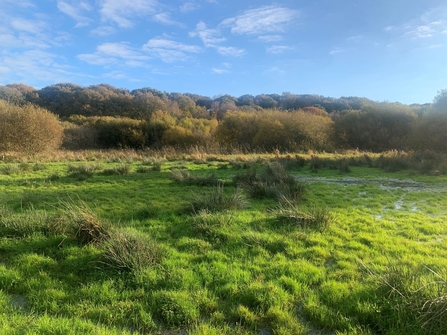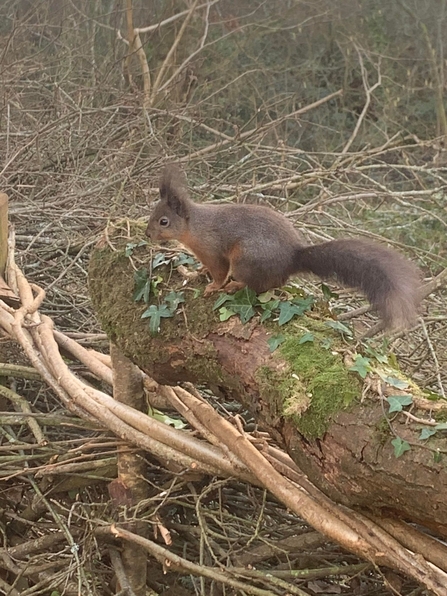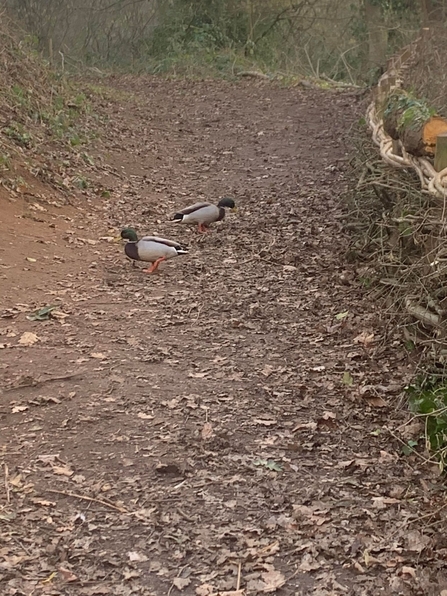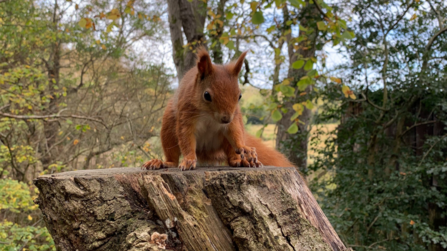Alverstone Mead is a place well known for its wildlife, most notably for its squirrels. Having not visited for some time I went for a walk along there recently, and I wasn’t disappointed.
Right from the start, up in the village, I was greeted by the sound of a buzzard circling overhead; my favourite wildlife sound it has to be said. For me it signifies a change from one world to the next, a primeval sound – a call to the wild.





